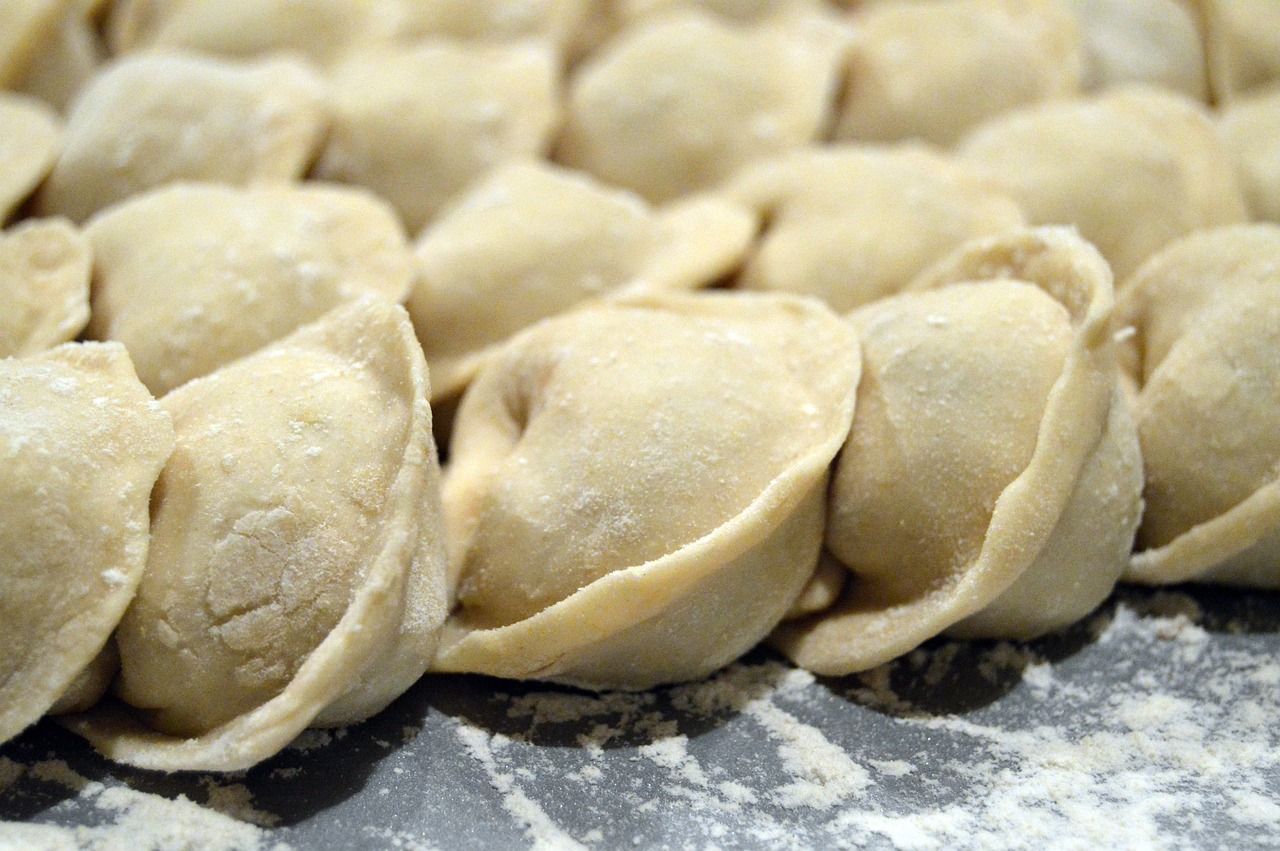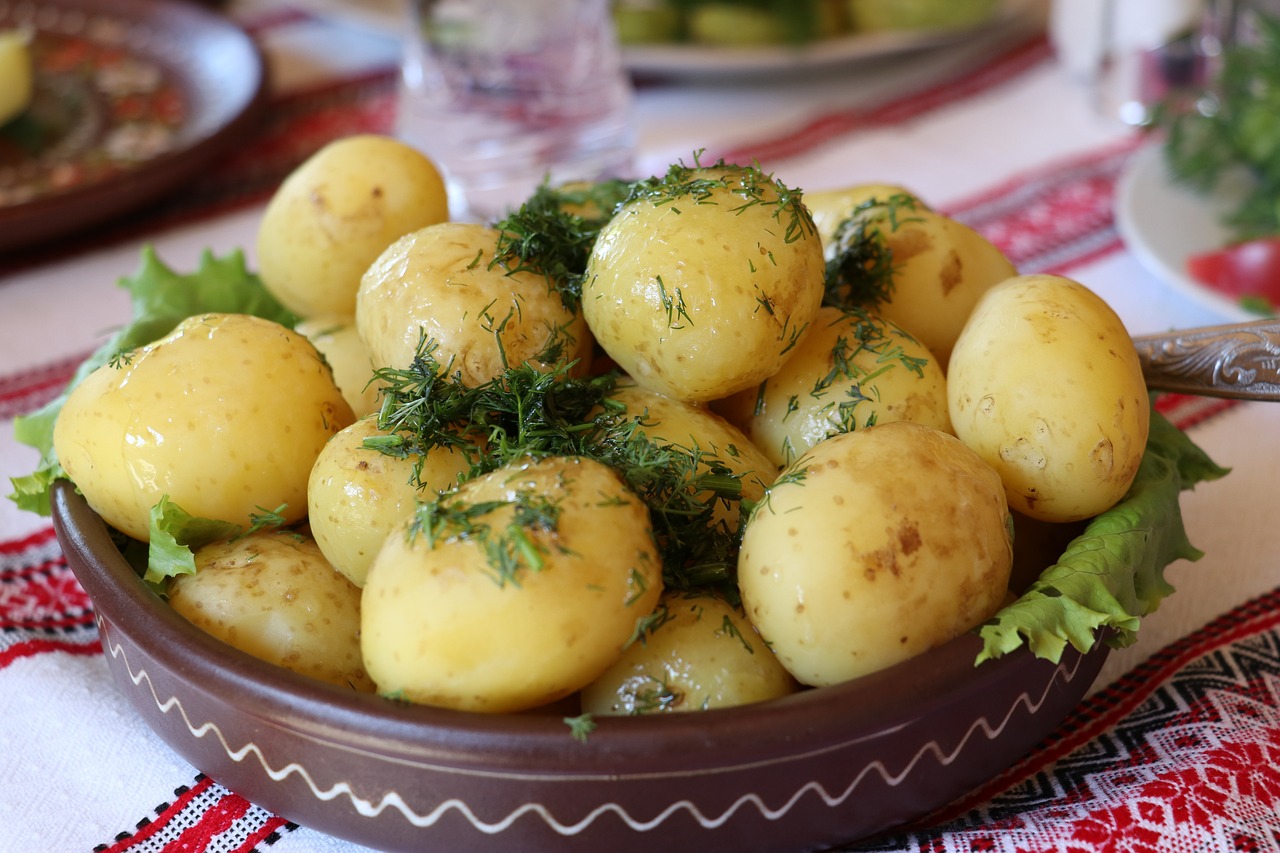Kulebyaka: Russian Savory Pie with Layers of Dough and Filling

Kulebyaka, a delightful Russian savory pie, is a culinary masterpiece that boasts layers of buttery dough enveloping a rich and flavorful filling. This traditional dish is a true celebration of textures and tastes, offering a symphony of flavors in every bite. Whether enjoyed as a hearty meal or a festive treat, Kulebyaka never fails to impress with its intricate layers and satisfying combination of ingredients.
Origin and History of Kulebyaka
The origin and history of Kulebyaka, a traditional Russian savory pie, date back centuries, intertwining with the rich tapestry of Russian culinary heritage. This iconic dish has deep roots in Russian culture, symbolizing warmth, hospitality, and celebration. The evolution of Kulebyaka reflects the dynamic history of Russia, blending influences from various regions and periods to create a unique culinary masterpiece.
Historically, Kulebyaka was a popular choice among the Russian aristocracy, gracing the tables of grand feasts and banquets. Its intricate layers of dough and flavorful fillings showcased the culinary skills of Russian chefs, elevating it to a symbol of culinary excellence. Over time, Kulebyaka transitioned from a noble delicacy to a beloved comfort food enjoyed by people from all walks of life.
The name "Kulebyaka" itself carries historical significance, with some theories linking it to the Old Russian word "kulebyaka," meaning a pie with a filling. This etymology underscores the deep-rooted presence of this dish in Russian gastronomy, where it has stood the test of time and remained a beloved classic.
As Russian cuisine evolved, Kulebyaka adapted to changing tastes and preferences while staying true to its traditional essence. The layers of dough symbolize the layers of history and culture that have shaped Russia, making each bite a journey through time. Whether enjoyed during festive occasions or as a hearty family meal, Kulebyaka continues to hold a special place in the hearts of Russians, embodying the spirit of togetherness and culinary artistry.
Ingredients and Preparation
When it comes to preparing the iconic Russian savory pie, Kulebyaka, the key lies in the meticulous selection of ingredients and the intricate layering process that gives this dish its unique character. Let's dive into the essential components and steps involved in creating this culinary masterpiece.
The traditional recipe for Kulebyaka typically includes a rich combination of ingredients that contribute to its delicious flavor profile. Some of the main components used in making this savory pie are:
- Dough: A buttery and flaky dough forms the foundation of Kulebyaka, providing a crisp and golden exterior that encases the flavorful filling.
- Filling: The filling of Kulebyaka is a harmonious blend of various ingredients such as minced meat, mushrooms, onions, rice, and hard-boiled eggs, seasoned with herbs and spices for a savory taste.
- Egg Wash: A final touch of egg wash is brushed on the pastry before baking, giving the pie a glossy finish and enhancing its visual appeal.
Now, let's unravel the intricate preparation process that transforms these individual elements into a delectable Kulebyaka:
- Prepare the Dough: The dough is first rolled out into thin sheets, ensuring an even thickness to create the layers that will encase the filling.
- Layering: Alternating layers of dough and the filling are carefully stacked, creating a visually appealing pattern that adds to the pie's allure.
- Sealing: The edges of the dough are sealed together to enclose the filling securely, preventing any leaks during baking.
- Baking: The assembled Kulebyaka is baked to perfection until the pastry turns golden brown and the filling is cooked through, releasing tantalizing aromas that fill the kitchen.
The preparation of Kulebyaka is a labor of love that requires patience and precision to achieve the desired balance of flavors and textures. Each step in the process contributes to the creation of a culinary masterpiece that is not only visually stunning but also a delight to the taste buds.
Variations of Kulebyaka
When it comes to Kulebyaka, the variations are as diverse as the regions of Russia themselves. Each variation brings a unique twist to this traditional dish, showcasing the creativity and culinary expertise of different communities. Let's explore some of the most popular variations that have evolved over time:
- Meat Variants: One of the classic variations includes a filling of minced meat, such as beef, pork, or a combination of both. The meat is often seasoned with a blend of spices and herbs to enhance the flavor profile.
- Fish and Seafood: In coastal regions, Kulebyaka is prepared with a filling of fish, such as salmon, trout, or sturgeon, combined with delicate seafood like shrimp or crab. This variation offers a delightful taste of the sea.
- Vegetarian Options: For those opting for a meat-free version, Kulebyaka can be filled with a medley of vegetables, mushrooms, and cheese. This vegetarian twist adds a burst of flavors and textures to the savory pie.
- Sweet Variants: While traditionally savory, some modern variations of Kulebyaka incorporate sweet fillings like apples, berries, or nuts, creating a unique dessert-like experience. The contrast of sweet and savory elements makes for an intriguing culinary adventure.
- Regional Specialties: Different regions of Russia have their own unique take on Kulebyaka, using local ingredients and traditional cooking techniques. From the hearty Siberian version to the delicate Moscow style, each regional specialty offers a glimpse into the diverse culinary landscape of Russia.
These variations not only showcase the versatility of Kulebyaka but also reflect the cultural influences and preferences of the communities where they originated. Whether you prefer the classic meat-filled pie or are intrigued by the modern sweet twists, there is a Kulebyaka variation to suit every palate and occasion. The beauty of this dish lies in its ability to adapt and evolve, keeping the tradition alive while embracing innovation.
Serving and Pairing Suggestions
When it comes to serving Kulebyaka, presentation is key to truly delighting your guests. The impressive layers of dough and filling deserve to be showcased in all their glory. Whether you're hosting a special dinner party or simply craving a comforting meal, here are some serving and pairing suggestions to elevate your Kulebyaka experience:
- Slice and Serve: To unveil the intricate layers of the savory pie, carefully slice through the crust to reveal the delicious filling within. Each slice should showcase the beautiful composition of the dish.
- Garnish with Fresh Herbs: Adding a touch of freshness to your Kulebyaka can enhance its flavors. Sprinkle some chopped dill or parsley on top before serving to brighten up the dish.
- Accompaniments: Kulebyaka pairs wonderfully with a variety of sides. Consider serving it with a dollop of sour cream or a side salad to complement the richness of the pie.
- Beverage Pairings: The hearty nature of Kulebyaka calls for a beverage that can stand up to its robust flavors. Opt for a glass of red wine, such as a Pinot Noir or Merlot, to balance the richness of the dish.
- Traditional Russian Fare: Embrace the Russian culinary experience by serving Kulebyaka alongside other traditional dishes like borscht or blini. Create a spread that celebrates the rich flavors of Russian cuisine.
Remember, the art of serving Kulebyaka is not just about the food itself but also the experience it provides. By paying attention to the details and pairing it thoughtfully, you can create a memorable dining experience that pays homage to the cultural heritage of this classic Russian dish.
Cultural Significance and Traditions
The cultural significance and traditions surrounding Kulebyaka, the Russian savory pie, are deeply rooted in the country's culinary heritage and social gatherings. This iconic dish holds a special place in Russian culture, often being associated with celebrations and festive occasions. Let's delve into the rich traditions that make Kulebyaka more than just a savory pie.
One of the key aspects of the cultural significance of Kulebyaka lies in its role as a symbol of abundance and generosity. Historically, this dish was often prepared for special events such as weddings, New Year's celebrations, and other important gatherings where hospitality and warmth were paramount. The intricate layers of dough and filling in Kulebyaka not only showcase culinary skill but also represent the layers of tradition and history within Russian cuisine.
Furthermore, the act of preparing and sharing Kulebyaka is a communal experience that fosters connections and strengthens relationships. In Russian households, the process of making Kulebyaka is often a collaborative effort, with family members coming together to prepare the pie for a shared meal. This communal aspect adds a sense of togetherness and unity to the dining experience.
Traditionally, Kulebyaka is served as a centerpiece dish during festive gatherings, where it takes pride of place on the dining table. The presentation of the pie is often elaborate, with decorative motifs on the crust symbolizing prosperity and good fortune. The act of slicing into the layers of Kulebyaka becomes a ceremonial moment, signifying the beginning of a shared meal and the joy of coming together.
Moreover, the flavors and textures of Kulebyaka are deeply intertwined with Russian culinary traditions, showcasing a harmonious blend of savory ingredients and delicate pastry. The rich and hearty filling, often featuring ingredients like fish, meat, mushrooms, and rice, reflects the diversity of Russian cuisine and the country's vast culinary landscape.
In conclusion, the cultural significance and traditions associated with Kulebyaka highlight the importance of food not just as sustenance but as a symbol of heritage, community, and celebration in Russian culture. This savory pie embodies the spirit of sharing, abundance, and tradition, making it a beloved dish that continues to hold a special place in the hearts of many.



 HazalVardal
HazalVardal 





